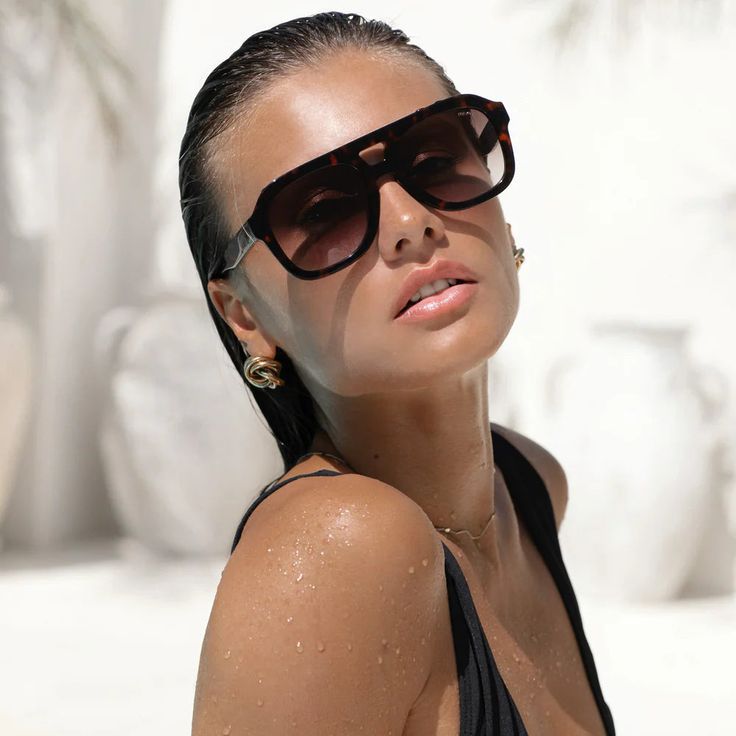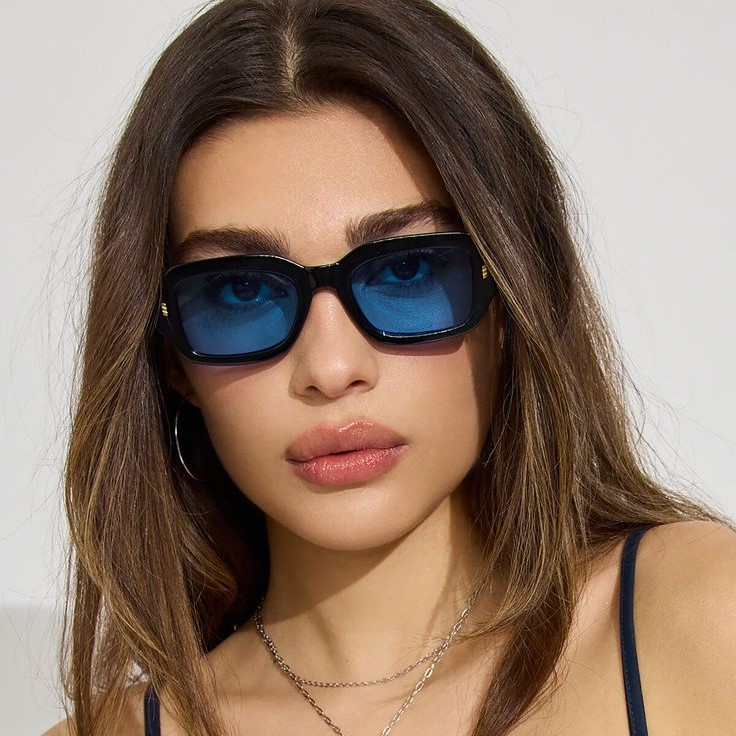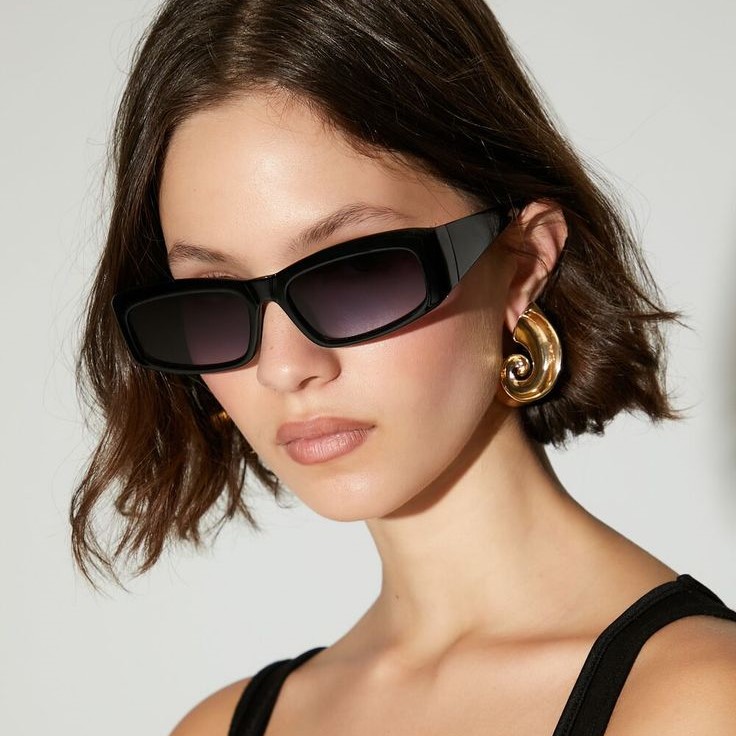Understanding UV Protection in Sunglasses
When it comes to choosing sunglasses, knowing how to tell if sunglasses have UV protection is crucial. Many people assume all sunglasses provide adequate UV protection, but this isn’t always true. Ultraviolet (UV) rays from the sun can cause long-term damage to your eyes, including cataracts and macular degeneration. To protect yourself, you need to ensure your sunglasses block 100% of UVA and UVB rays. But how do you confirm this? In this article, we’ll explore simple methods and tools to verify UV protection in sunglasses.

Sunglasses are not just a fashion statement; they serve as essential eye protection. While shopping for sunglasses, look for labels that explicitly state “100% UV protection” or “UV 400.” However, these labels aren’t always reliable. For instance, some counterfeit glasses may claim UV protection without delivering it. Therefore, learning practical ways to test your sunglasses is important. Additionally, understanding the science behind UV radiation and its effects on the eyes will help you make smarter choices when buying sunglasses.
Why UV Protection Matters
Before diving into testing methods, let’s discuss why UV protection is so important. Prolonged exposure to UV rays can lead to serious eye conditions like photokeratitis, pinguecula, and even skin cancer around the eyelids. Moreover, UV rays contribute to premature aging of the eyes and surrounding skin. This makes selecting the right pair of sunglasses with proper UV protection vital for maintaining eye health.
Understanding the difference between UVA and UVB rays is also key. UVA rays penetrate deep into the skin and eyes, while UVB rays cause surface-level damage such as sunburn. Both types of UV radiation pose risks to your vision. By ensuring your sunglasses offer full UV protection, you safeguard your eyes against potential harm. Furthermore, wearing UV-protected sunglasses reduces glare and enhances visual clarity, making them ideal for outdoor activities like driving, hiking, or skiing.
Simple Tests to Che2ck UV Protection
Now that you know the importance of UV protection, here are some easy tests to check if your sunglasses truly shield your eyes. One popular method involves using a UV light tester. These devices emit UV light, allowing you to see whether your lenses block the harmful rays. Another option is visiting an optometrist who has specialized equipment to measure UV transmission through lenses.
Another straightforward approach is examining the polarization of your lenses. Polarized sunglasses often come with built-in UV protection. You can test this by holding your sunglasses up to a reflective surface like water or glass. If the glare reduces significantly, there’s a good chance your sunglasses have UV protection. Additionally, you can use a banknote with a hologram or watermark to test your lenses. Place the note under sunlight and observe how well the lenses reduce the glare. If the hologram becomes clearer, your sunglasses likely have effective UV-blocking capabilities.

Common Myths About UV Protection
There are several misconceptions surrounding UV protection in sunglasses. For example, many believe darker lenses automatically mean better UV protection. However, lens color doesn’t determine UV blocking ability. Clear lenses can also provide 100% UV protection, while dark lenses might fail to filter out harmful rays. Always check for certifications or perform tests instead of relying solely on appearance.
Additionally, price does not guarantee quality when it comes to UV protection. Expensive designer sunglasses don’t necessarily offer superior UV shielding compared to affordable options. What matters most is the material and coating used in the lenses. Some budget-friendly brands prioritize UV protection in their designs, so it’s worth exploring lesser-known options. Another myth is that only summer sun poses a risk. In reality, UV rays can penetrate clouds and reflect off snow, sand, and water, meaning year-round protection is necessary.
Using Technology to Verify UV Protection
Technology has made it easier than ever to assess UV protection levels in sunglasses. Smartphone apps now exist that use the phone’s camera sensor to detect UV light penetration. Simply download one of these apps, place your sunglasses over the camera, and follow the instructions. The app will indicate whether your lenses effectively block UV rays.
If you prefer a more professional approach, consider purchasing a UV meter. These handheld devices are widely available online and provide accurate readings of UV transmission. Though slightly pricier, they’re a worthwhile investment for frequent travelers or outdoor enthusiasts who rely heavily on their sunglasses. Another advanced tool is the UV transmittance tester, which measures the percentage of UV light passing through the lenses. Optometrists and specialty stores often use this device to verify UV protection claims.
Tips for Buying Sunglasses with UV Protection
How to tell if sunglasses have uv protection? When shopping for new sunglasses, keep the following tips in mind: First, prioritize brands known for producing high-quality, UV-protected lenses. Look for certification marks such as CE, ANSI Z80.3, or ISO 12312-1 standards. Second, avoid buying sunglasses from unverified street vendors unless they provide proof of UV protection. Lastly, try on different styles and sizes to find the perfect fit that covers your eyes fully.
Remember, polarized lenses and mirrored coatings enhance visual clarity but don’t necessarily imply UV protection. Always double-check the specifications before making a purchase. Additionally, consider the frame design—wraparound frames offer better coverage and prevent UV rays from entering from the sides. Finally, choose lenses that match your needs; gray lenses reduce glare without distorting colors, while yellow lenses enhance contrast in low-light conditions.

Maintaining Your Sunglasses for Optimal UV Protection
To ensure that your sunglasses continue to provide effective UV protection, proper care and maintenance are essential. Below are specific steps and tips for maintaining your sunglasses’ functionality and prolonging their lifespan:
Store Sunglasses Properly
Use a Protective Case: Always store your sunglasses in a protective case when they are not in use. This prevents scratches and potential damage to the lenses and frame that could compromise the UV-blocking layer.
Safe Placement: Avoid placing your sunglasses loosely in bags or vehicles, where they can be knocked around or come into contact with other objects that could scratch them.
Clean Lenses Regularly
Use Microfiber Cloths: When cleaning your lenses, always use a soft microfiber cloth. This material is gentler on the lenses and helps prevent scratches during cleaning.
Apply Lens Cleaner: Incorporate a quality lens cleaner specifically designed for sunglasses to maintain lens clarity. Regular cleaning helps to remove smudges, fingerprints, and debris that can affect your vision.
Avoid Harsh Chemicals: Do not use household cleaners, alcohol, or abrasive materials to wipe your lenses. These can damage the UV coating and impair the lenses’ protective abilities.
Perform Regular Maintenance
Check for Damage: Regularly inspect your sunglasses for any signs of wear and tear. Look for cracks, chips, or discoloration in the lenses. If you notice any damage, it is vital to replace the lenses or the sunglasses entirely to ensure continued UV protection for your eyes.
Assess Frame Integrity: Examine the frame for any bends or broken parts that might affect fit or comfort. A well-fitted pair of sunglasses is crucial for their effectiveness.

Monitor Environmental Exposure
Consider Extreme Conditions: If you frequently wear your sunglasses in extreme weather conditions—such as heat, humidity, or cold—be mindful of how these factors can affect their integrity. Regularly assess for any adverse effects from these elements.
Avoid Prolonged Heat Exposure: Do not leave your sunglasses in direct sunlight or hot places, like a car dashboard, for extended periods. High heat can warp the frame and damage the lenses.
Replace as Necessary
Act Quickly on Damage: If you notice any significant wear and tear on your sunglasses, such as cracks in the lenses or a compromised UV coating, replace them immediately. Prolonged exposure to sunlight through damaged lenses can lead to serious eye health issues.
Re-evaluate Regularly: Make it a habit to re-evaluate your sunglasses regularly, especially at the beginning of each summer season or before engaging in outdoor activities. Fresh assessments allow you to ensure your eyewear is always in optimal condition.
Advanced Considerations for UV Protection
For those seeking extra protection, consider investing in photochromic lenses. These lenses darken automatically in bright sunlight and lighten indoors, providing adaptive UV protection. Another option is gradient lenses, which are tinted at the top and gradually become lighter toward the bottom. This design offers enhanced UV protection while maintaining visibility for tasks like reading or using mobile devices.
If you spend significant time outdoors, wraparound sunglasses with side shields are ideal for blocking UV rays from all angles. Athletes and adventurers may benefit from performance-specific sunglasses designed for specific environments, such as polarized lenses for water sports or amber lenses for skiing. No matter your lifestyle, finding sunglasses tailored to your needs ensures optimal UV protection.

Final Thoughts on Sunglasses UV Protection
In conclusion, knowing how to tell if sunglasses have UV protection empowers you to make informed decisions about your eye health. Whether through DIY tests, technological tools, or professional evaluations, verifying UV protection is simpler than you think. Remember, even the clearest lenses can offer comprehensive UV shielding, so never judge a pair of sunglasses by its appearance alone. Protecting your eyes today ensures clearer vision tomorrow.
Always prioritize UV protection when selecting sunglasses, regardless of style or cost. With the right knowledge and tools, you can confidently choose sunglasses that keep your eyes safe from harmful UV rays. By combining practical testing methods with smart purchasing habits, you’ll find the perfect pair to suit your needs and protect your vision for years to come.